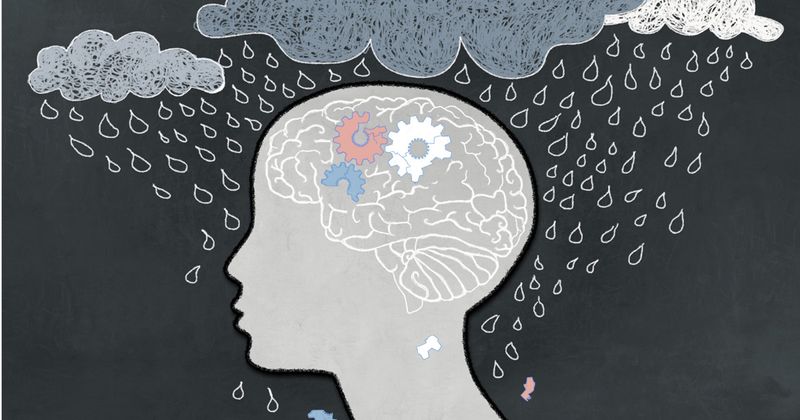Stress level up, mood and physical activity down during COVID-19 lockdown
The COVID-19 pandemic may have reduced overall mood and physical activity among study participants and increased their levels of self-reported stress, a speaker reported.
According to results of the COVID-19 Health Evaluation and Cardiovascular Complications (CHECC) study presented at the American Heart Association Scientific Sessions, the changes in mood, stress and physical activity during the pandemic lockdown in Michigan may also vary by age and race.

“Michigan has been one of the hardest COVID-19 hit states, with over 1.3 million cases and approximately 24,000 deaths as of November, this month,” Nirav Shah, MD, associate professor in the department of anesthesiology at the University of Michigan, said during a presentation. “We know that heart disease, hypertension and diabetes can lead to more severe disease. Also, stress, social distancing and unemployment may disrupt non-COVID-19 treatment and healthy lifestyles. With that context, [CHECC] consisted of two components.”
This first component was a retrospective analysis derived from the MIPACT study that enrolled approximately 7,000 participants with wearable sensor data, including step count, activity data and ambulatory BP, combined with electronic health record and survey data (45% men; 63% white; 48% untreated hypertensive; 27% normal BMI).
The second component, for which results will be presented at a later date, was a prospective analysis that enrolled student athletes and included an arm of participants with a recent COVID-19 diagnosis.
For the retrospective analysis, researchers included individuals enrolled at the University of Michigan and followed them from January 2020 to June 2021. Participants wore a watch-style wearable sensor for at least 12 hours per day and performed weekly ambulatory BP measurements as well as responded to regular mood and stress score surveys. Mood and stress were measured on a scale of 1 to 10.
Twenty-three percent of the cohort was younger than 40 years; 43% was aged 40 to 60 years; and 35% was older than 60 years.
According to the presentation, the researchers observed large dips in mood scores and large spikes in stress scores in the weeks immediately following the pandemic lockdown in Michigan. These fluctuations were consistent, regardless of age group.
Following the initial fluctuations, Shah reported persistent declines in mood score and increases in stress score within all age groups.
After stratification by race, the changes in mood and stress were less dramatic, according to the presentation; however, Black participants’ self-reported mood scores were, on average, higher compared with other races.
The researchers observed no noticeable differences in stress score among different races.
As measured with a wearable monitor, average heart rate was significantly elevated among participants in the younger than 40 years age group compared with those aged at least 40 years.
Although the researchers observed no significant difference in heart rate by race, researchers reported that average heart rate increased across the study duration.
According to the presentation, the largest drop in daily step count was observed among participants younger than 40 years; however, the daily average “bounced back,” Shah said, attributing the drop and subsequent increase in average daily steps to seasonal factors. A similar pattern was observed in all age groups.
When change in step count following the pandemic lockdown was stratified by race, researchers reported the largest drop in average steps among Black participants. This decrease in average daily steps persisted for the full study duration.
“From an interpretation perspective, it looks like the pandemic has potentially influenced mood, stress and activity across several categories of participants in the MIPACT study. We saw a significant dip in step count among the under-40 population,” Shah said during the presentation. “We have some additional analysis in progress.”







